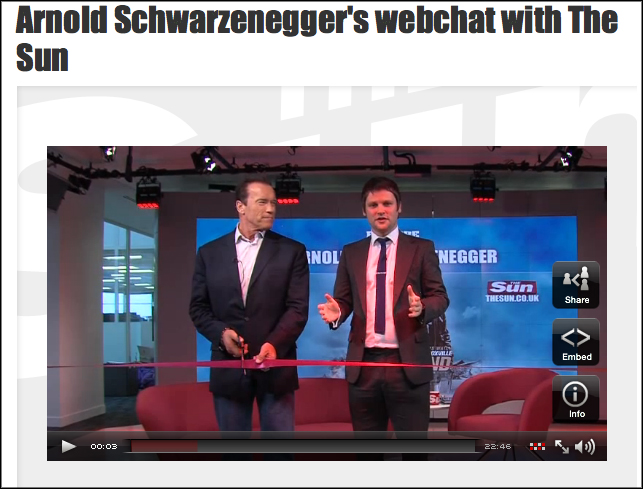There has been plenty of discussion about moving digital journalism forward at the World Editors Forum this week, and the first panel debate today looked at the state of new media training and how editors can improve the teaching of their staff to enable full exploitation of the new media environment.
Announcing the results of a survey mainly of North American journalists by the Poynter Institute’s News University, Howard Finberg told the conference that while reporters felt more proficient in multimedia than five years ago they need to be motivated to learn.
The number one motivator for success is “I need to learn”. You need to tell staff there is a reason why you’re getting the training, it’s because we need to move the organisation from here to here. Give them the reasons to learn, give them the background.
He added that “training cannot stop”.
We do not have the luxury of declaring victory and moving on, this is not mission accomplished. What your staff are telling us is that they need direction, they need goals.
Up next was Joyce Barnathan, president of the International Center for Journalists. In her speech she gave four recommendations to editors in summary below:
- Train your staff to engage your readers. In her example of Malaysiakini.com, the site found that whenever citizen journalists posted their videos on the site “the web traffic would just shoot up”. Now the site relies on its citizens to surface stories and editors are able to cover under-represented communities.
- Train your staff to use new tools – “let me tell you that the benefit of a free web is that there are free resources that you can take full advantage of to make your website more interactive. Don’t have to have a huge budget to gain access to the technology” e.g. Factual, Dataviz.org, Google fusion tables, Wordle.
- Train your staff to be experts in areas of intense interest to your readers – Expert reporters are able to find great stories in their field that others may not.
- Use the web to train, such as the ICFJ is doing with ICFJ Anywhere which enables the training of journalists in places where it would be difficult to send trainers.
She echoed Finberg in saying that media training is “a moving target”.
You can feel that you’ve learned the tools to get by today, but there are new tools coming out tomorrow. Journalism can be enhanced in this technological area and we can be better journalists if we embrace the new tools and new partnerships.
Finally the conference heard from Tarek Atia, media training manager for the Media Development Programme in Egypt which organises donor programs which have helped to train more than 4000 journalists in four years.
His lessons to trainers were:
- It helps to be a journalist.
- Certificates matter.
- Be patient – “if we had thought after the first 10-20 workshops on the idea of local media, this isn’t working, then we wouldn’t be where we are today, which is that all of a sudden after two or three years of these courses, in late 2008, suddenly there was a breakthrough and several newspapers started producing local editions.”
- Breakthroughs happen (see above).
More from Journalism.co.uk:
RSS feed for full WEF coverage from Journalism.co.uk
WEF coverage on Journalism.co.uk
WEF coverage on Journalism.co.uk Editor’s Blog
